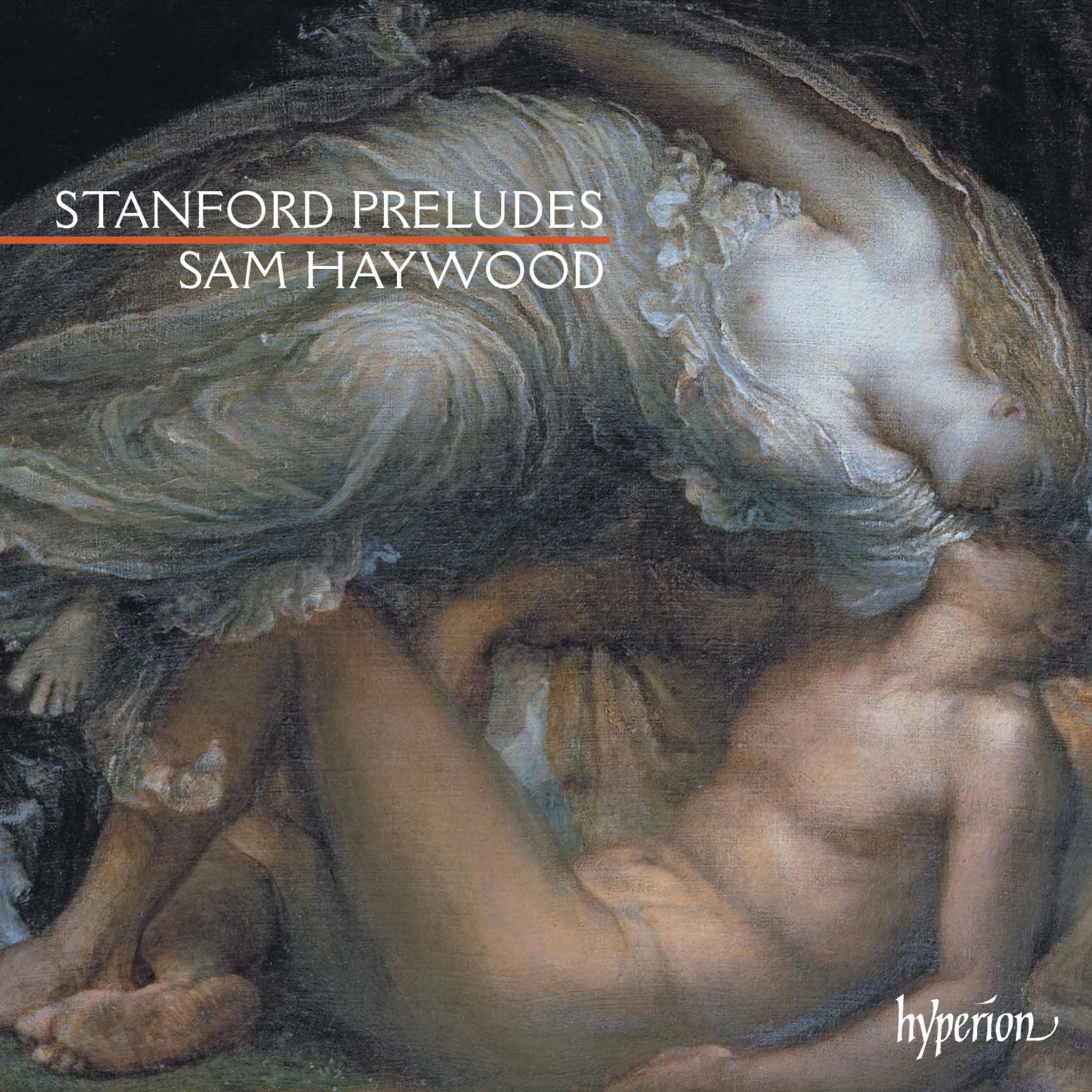Album insights
Anton Rubinstein, a prominent figure in the 19th century, was not only recognized for his exceptional piano skills but also acclaimed as a composer, teacher, and administrator. Born into a Jewish family of German-Polish descent in the Bessarabian village of Wychwatinez, his father, a prosperous merchant, had the family christened when Anton was two years old. Emerging as a prodigy pianist at the age of nine, Anton gained fame rapidly, attracting renowned figures like Liszt, Chopin, and others to his Paris debut. After studying in Berlin and returning to Russia in 1848, he later founded the Conservatory in St. Petersburg while maintaining an international career as a virtuoso pianist.
Rubinstein's musical training, rooted in the German tradition, juxtaposed with the more "western" orientation of Russian music in the 19th century. He was incredibly prolific, composing operas, symphonies, concertos, chamber music, and numerous songs. Despite his reputation as a composer during his lifetime, only a fraction of his nearly 200 works remain known today. Some of his notable pieces such as the Fourth Piano Concerto and the opera "The Demon" showcase his creative prowess, reflecting his versatility between salon and concert hall settings. His affection for his homeland is evident in his works, even though they demonstrate little influence from Russian folk music.
This sentiment extends to his impressive Cello Sonatas, composed during his early years in Europe in the 1850s. The first, Sonata No. 1 in D major, Op. 18, composed in 1852, exemplifies his evolving style, leaning towards Mendelssohn than traditional Russian melodies. Sonata No. 2 in G major, Op. 39, crafted in 1857 and later revised, reveals a grander scale compared to its predecessor, showcasing a diverse range of movements and forms. Despite the rich repertoire of 19th-century cello music, Rubinstein's sonatas deserve more recognition for their agreeable nature and musical depth, particularly the second sonata, which merits inclusion in recitals.



